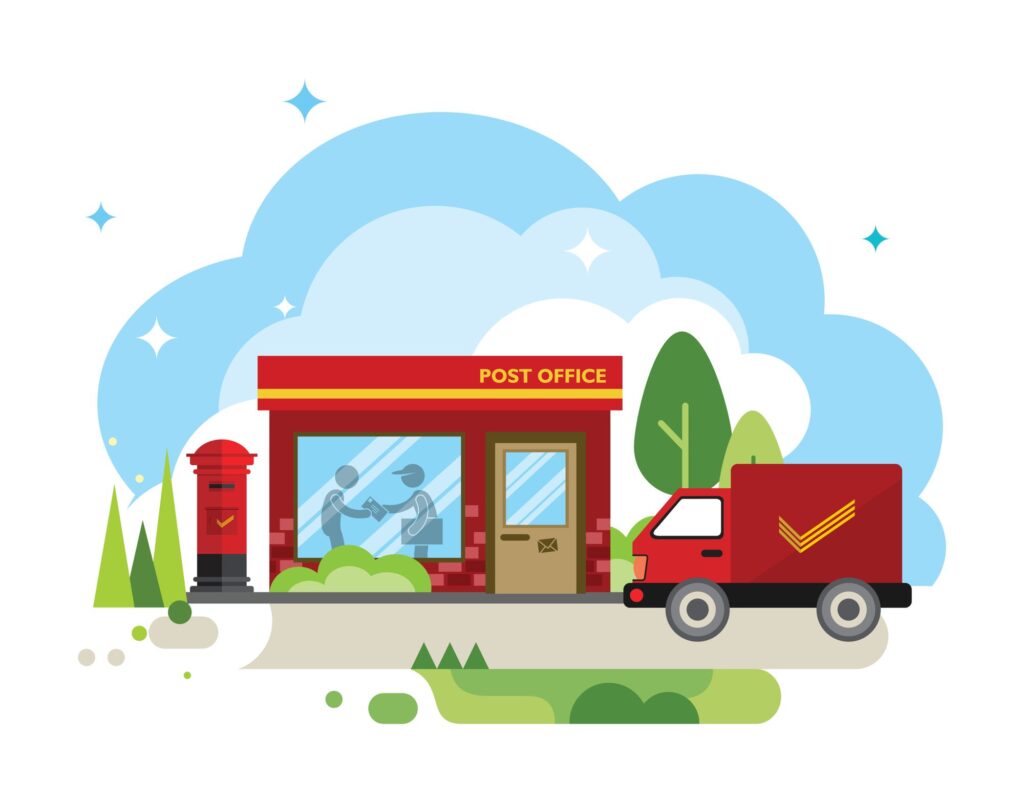Title:
Unlocking Possibilities: Examining the Indian Postal System’s Data Entry Potential
First of all,
Data input has become an essential component for many sectors in the current digital era, enabling effective information management and exploitation. Since the Indian postal system is the backbone of communication and logistics, there are many reasons to explore data entry within the Indian Postal System. This in-depth analysis seeks to clarify the different aspects of data entry—from PIN codes to pixels—in the context of the Indian postal system, highlighting opportunities for innovation and expansion
The Communication Foundation:
With a vast network that covers the entire country, the Indian Postal System is among the largest in the world.
The postal system is essential to the interconnection of people and businesses throughout the nation, serving as a conduit for both conventional mail delivery and the logistics of burgeoning e-commerce.
The postal infrastructure offers a rich environment for data entry projects since it is a storehouse of enormous volumes of data, including parcel details and address information.
Digital Postal Code Digitization:
Postal Index Numbers, or PIN codes, are the foundation of postal logistics, facilitating the effective sorting and delivery of letters and packages.
In order to guarantee accuracy and accessibility for postal operations, data entry efforts can concentrate on digitizing and updating PIN code databases.
Capturing and validating PIN code data can be made more efficient by utilizing cutting-edge technology like OCR (Optical Character Recognition) and machine learning.
Improving Logistics with Data:
The postal system must deliver packages quickly if it is to meet the demands of India’s rapidly growing e-commerce industry.
By digitizing parcel information, such as tracking numbers, delivery addresses, and recipient details, data entry projects can improve logistics.
Enhancing parcel delivery services’ openness and dependability involves integrating data entry procedures with cutting-edge tracking technology.
Bringing New Ideas to Customer Service:
Beyond backend functions, data entry presents chances to improve client experiences.
A unified database for address rectification and verification can help reduce errors and increase delivery accuracy.
Users can update address information through interactive platforms and mobile applications, encouraging a cooperative approach to data maintenance.
Using Analytics to Gain Understanding
The postal system has a lot of data, which makes it possible to use analytics to gain insightful knowledge.
Allocating resources and making strategic decisions can be aided by examining patterns in mail volume, delivery schedules, and geographic distribution.
Proactively scheduling during busy times and making the best use of available resources to increase productivity are made possible by predictive analytics.
Overcoming Obstacles and Guaranteeing Data Security:
Initiatives aimed at data entry need to tackle issues including regional variances, linguistic variety, and legacy systems present in the postal system.
Strong data security protocols must be put in place in order to protect private data and keep the public confident in postal services.
Adherence to global standards for data privacy is ensured by legislative frameworks like the General Data Protection Regulation (GDPR).
Conclusion:
Navigating the intersection of data entry and the Indian Postal System unveils a spectrum of opportunities for innovation and optimization. From digitizing PIN codes to harnessing analytics for strategic insights, leveraging data holds the key to enhancing the efficiency, reliability, and customer-centricity of postal services. As India strides towards digital transformation, embracing data-driven approaches within the postal domain paves the way for a more connected and responsive postal ecosystem.
Would you like to start a Work with us?
If Your Are Interest In Our Program, You Can Join Now and Earn Money Everyday.






